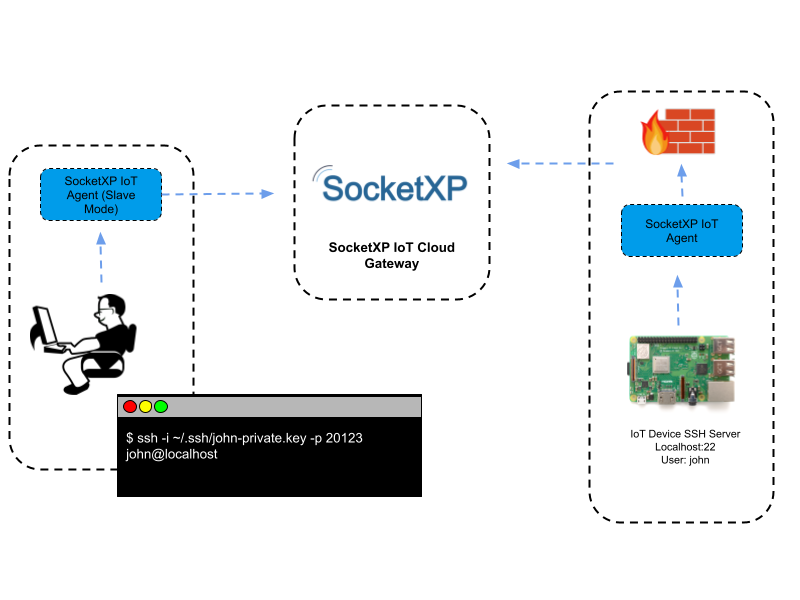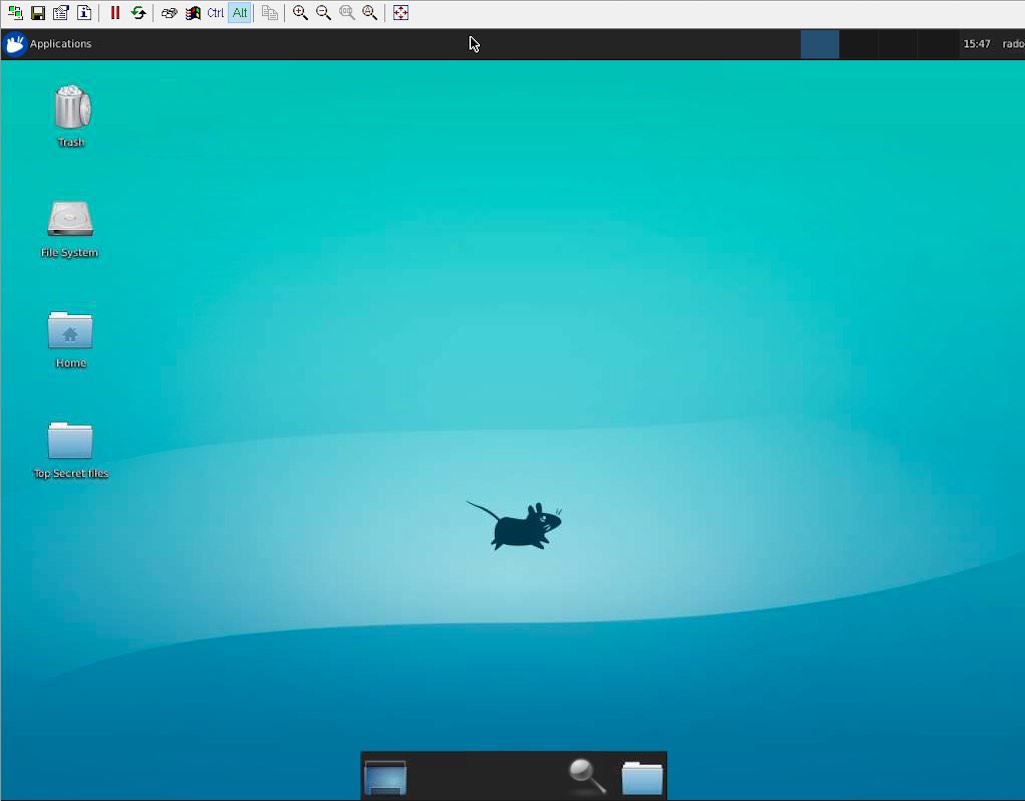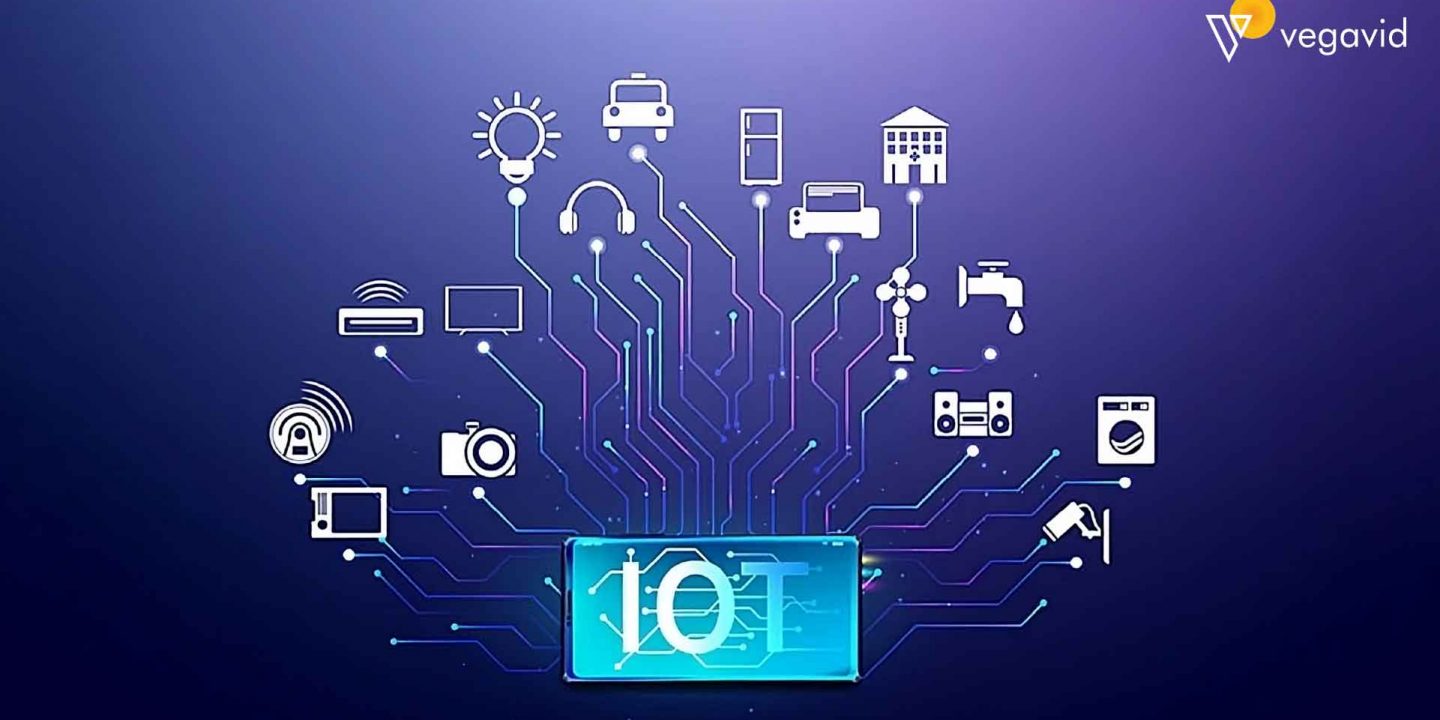Revolutionizing Connectivity: Unlocking The Power Of IoT Remote Device Access
Imagine a world where you can control your home appliances from miles away, monitor industrial equipment in real-time, or manage smart city infrastructure without lifting a finger. That's the magic of IoT remote device access, folks. This groundbreaking technology is transforming the way we interact with our surroundings, making life easier, more efficient, and downright futuristic. Whether you're a tech enthusiast, a business owner, or just someone looking to streamline their daily routine, understanding IoT remote device access is key to unlocking its full potential.
Now, before we dive headfirst into the nitty-gritty, let me paint you a picture. Picture this: you're chilling on a beach somewhere in the Caribbean, sipping on a piña colada, and suddenly you remember you left the oven on back home. No worries, my friend. With IoT remote device access, you can whip out your smartphone, tap a few buttons, and voilà! The oven's off, and your house is safe. That's the kind of convenience we're talking about here.
But it's not just about controlling your gadgets from afar. IoT remote device access is revolutionizing industries, enhancing security, and creating smarter, more connected environments. From healthcare to manufacturing, the possibilities are endless. So, buckle up, because we're about to take a deep dive into the world of IoT remote device access and uncover everything you need to know.
Read also:Unveiling The Truth Rhearipley Nudes Ndash A Comprehensive Exploration
What is IoT Remote Device Access Anyway?
Let's break it down, shall we? IoT, or the Internet of Things, is all about connecting devices to the internet and enabling them to communicate with each other. Think of it as a massive network of smart gadgets working together to make your life easier. Now, when we talk about remote device access, we're referring to the ability to control and monitor these devices from anywhere in the world, as long as you've got an internet connection. Pretty cool, right?
Key Features of IoT Remote Device Access
Here's a quick rundown of what makes IoT remote device access so special:
- Real-time Monitoring: Keep an eye on your devices 24/7, no matter where you are.
- Remote Control: Turn your devices on or off, adjust settings, and perform tasks without being physically present.
- Data Collection: Gather valuable insights and analytics to optimize performance and make data-driven decisions.
- Security Enhancements: Implement robust security measures to protect your devices and data from unauthorized access.
These features make IoT remote device access a game-changer for both personal and professional use. Whether you're managing a smart home or overseeing a complex industrial operation, the benefits are undeniable.
How Does IoT Remote Device Access Work?
Alright, so how does this whole thing work? It's all about connectivity, folks. Devices are equipped with sensors and communication modules that allow them to connect to the internet. Once connected, they can send and receive data through various protocols, such as MQTT, CoAP, or HTTP. This data is then processed by a central platform, which allows users to interact with their devices remotely via apps, dashboards, or APIs.
Think of it like a virtual bridge connecting your devices to the cloud. You can access this bridge from anywhere using your smartphone, tablet, or computer, giving you full control over your devices no matter where you are. And with advancements in technology, this process is becoming faster, more reliable, and more secure than ever before.
Benefits of IoT Remote Device Access
Now that we know what IoT remote device access is and how it works, let's talk about why it's such a big deal. Here are some of the top benefits:
Read also:Celebrity Telegram A Sneak Peek Into The World Of Stars And Messaging
Increased Efficiency
With IoT remote device access, you can automate tasks, streamline processes, and reduce manual intervention. This leads to increased efficiency and productivity, saving you time and money in the long run.
Enhanced Security
Security is a top priority when it comes to IoT remote device access. By implementing advanced encryption, authentication, and authorization protocols, you can protect your devices and data from cyber threats and unauthorized access.
Cost Savings
By optimizing resource usage and reducing downtime, IoT remote device access can help you cut costs and improve your bottom line. Whether it's energy savings in a smart home or reduced maintenance costs in an industrial setting, the financial benefits are significant.
Applications of IoT Remote Device Access
So, where can you use IoT remote device access? The answer is pretty much everywhere. Here are some of the most common applications:
Smart Homes
From controlling lighting and temperature to monitoring security cameras, IoT remote device access is transforming the way we live. With smart home systems, you can create a personalized, energy-efficient environment that adapts to your needs and preferences.
Industrial Automation
In the industrial sector, IoT remote device access is revolutionizing manufacturing processes. By enabling real-time monitoring and control of machinery, companies can improve efficiency, reduce downtime, and enhance product quality.
Healthcare
In healthcare, IoT remote device access is enhancing patient care and improving outcomes. From remote patient monitoring to telemedicine, this technology is making healthcare more accessible and effective for everyone.
Challenges and Considerations
Of course, with great power comes great responsibility. While IoT remote device access offers numerous benefits, there are also some challenges and considerations to keep in mind.
Security Concerns
As with any technology that involves data transmission, security is a major concern. It's crucial to implement robust security measures to protect your devices and data from cyber threats and unauthorized access.
Interoperability Issues
With so many different devices and platforms out there, ensuring compatibility and interoperability can be a challenge. It's important to choose devices and systems that work seamlessly together to avoid headaches down the line.
Cost of Implementation
While IoT remote device access can save you money in the long run, the initial cost of implementation can be a barrier for some. It's important to weigh the costs and benefits carefully before making any investments.
Future Trends in IoT Remote Device Access
So, what does the future hold for IoT remote device access? The possibilities are endless. Here are some trends to watch out for:
Edge Computing
Edge computing is all about processing data closer to the source, reducing latency and improving performance. This technology is expected to play a big role in the future of IoT remote device access, enabling faster and more reliable communication between devices.
Artificial Intelligence
AI is already making waves in the IoT space, and its impact on remote device access is set to grow. By leveraging AI-powered analytics and machine learning, users can gain deeper insights and make smarter decisions based on real-time data.
5G Connectivity
The rollout of 5G networks is set to revolutionize IoT remote device access, offering faster speeds, lower latency, and greater connectivity. This will enable more devices to be connected and controlled remotely, opening up new possibilities across various industries.
Getting Started with IoT Remote Device Access
Ready to jump on the IoT remote device access bandwagon? Here's how you can get started:
Identify Your Needs
First things first, figure out what you want to achieve with IoT remote device access. Are you looking to improve efficiency, enhance security, or save costs? Understanding your goals will help you choose the right devices and systems for your needs.
Choose the Right Devices
With so many IoT devices on the market, it's important to choose ones that are compatible, secure, and easy to use. Look for devices that offer robust features, good customer support, and a strong reputation in the industry.
Set Up Your System
Once you've chosen your devices, it's time to set up your system. This involves connecting your devices to the internet, configuring settings, and installing any necessary software or apps. Make sure to follow the manufacturer's instructions carefully to ensure a smooth setup process.
Conclusion
In conclusion, IoT remote device access is a game-changing technology that's transforming the way we interact with our devices and environments. From increasing efficiency and enhancing security to enabling smarter decision-making, the benefits are undeniable. While there are challenges to consider, the potential rewards make it well worth the investment.
So, what are you waiting for? Dive into the world of IoT remote device access and unlock the power of connectivity today. And don't forget to share your thoughts and experiences in the comments below. We'd love to hear from you!
Table of Contents
- What is IoT Remote Device Access Anyway?
- Key Features of IoT Remote Device Access
- How Does IoT Remote Device Access Work?
- Benefits of IoT Remote Device Access
- Applications of IoT Remote Device Access
- Challenges and Considerations
- Future Trends in IoT Remote Device Access
- Getting Started with IoT Remote Device Access
- Conclusion
Article Recommendations


